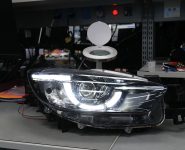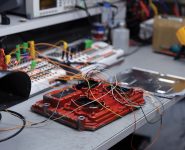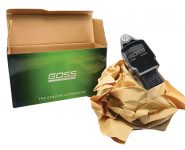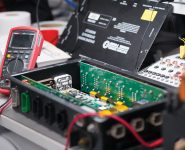INJECTRONICS’ REVEALS VIRTUAL AUTOMOBILE SIMULATOR
The company sees this latest development as the future of diagnostics and repairs
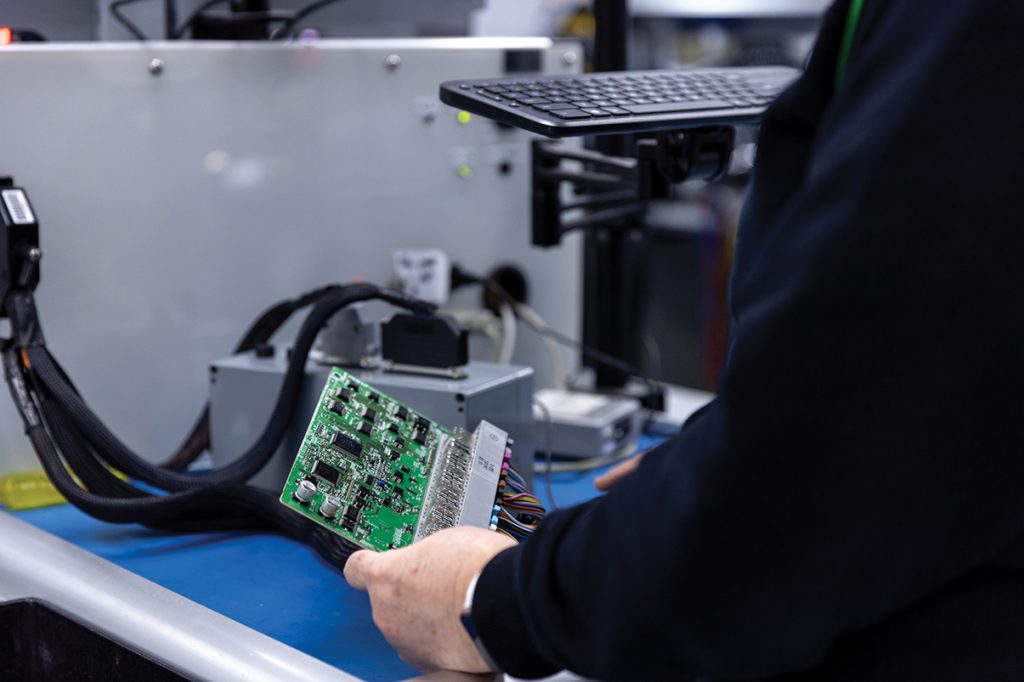
For more than 40 years Injectronics has been a leader in sustainable manufacturing, building a wealth of knowledge about automotive electronics out of its facility in Hallam, Victoria.
“The growing challenge today for mechanics is that cars are becoming more like smartphones,” Injectronics General Manager, Rajbir Singh, said.
“This growing complexity means that cars are being equipped by OEMs with a variety of proprietary electronics, circuitry and integrated systems which means that to repair problems you need to almost be an engineer.”
To combat this problem, Injectronics has recently expanded its Research and Development capabilities by building an in-house Research and Development (R&D) team headed by R&D General Manager, Andrew Fletcher.
“The insights we’ve gained through our research are invaluable for the entire automotive industry,” Andrew said.
“Our findings not only facilitate effective repairs but also contribute significantly to the body of knowledge within our field.”
One rapidly trending issue that Injectronics has identified as commonplace is with infotainment systems. These include common faults such as startup failures, touchscreen malfunctions, and SD card reader errors.
“When we first started working on this program. We noticed that most people wouldn’t blink twice about repairing their Infotainment system,” Andrew said.
“Bluetooth, reverse cameras, and navigation are often critical features of a modern car. And, if the Infotainment system stops working, you lose a lot of critical features.
“Furthermore, trying to diagnose a problem with an Infotainment system, you need to remove it and test various componentry and circuitry.
“However, because this operates as part of an integrated piece of technology with the vehicle, often you need to test the whole vehicle to find out what’s truly wrong.”
To combat this struggle, Injectronics has expanded its Virtual Automobile Simulator (VAS) program to interface with the latest automotive technology.
This system allows technicians to connect the unit and power it up like it was still part of a car.
Injectronics estimates that this can cut the diagnostic time for electrical or circuit board faults by 75 percent; meaning faster turn around and repair times.
“At the core of our business is two things; customer satisfaction and sustainability,” Rajbir said.
“By using data and technology to automate the diagnostic process, we can offer our customers an alternative to buying new parts, which means less waste being generated by the automotive industry.”
For more information, visit www.im-group.com.au



